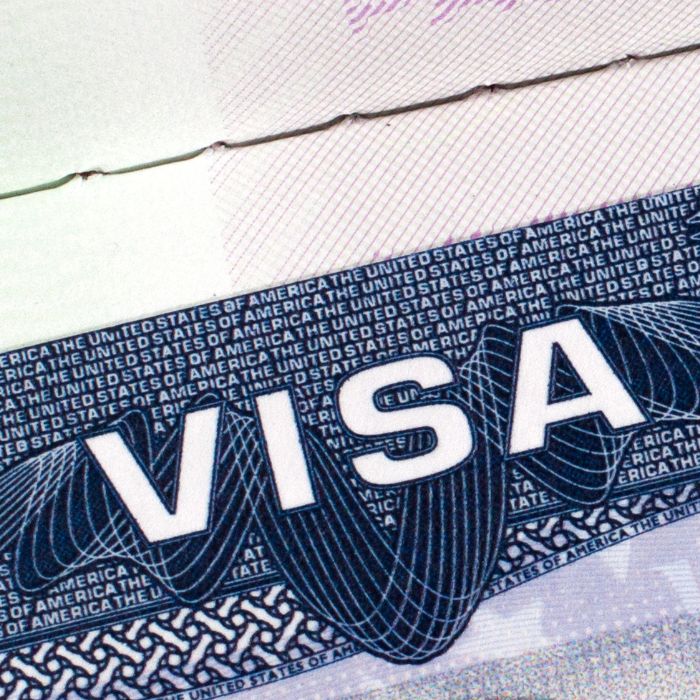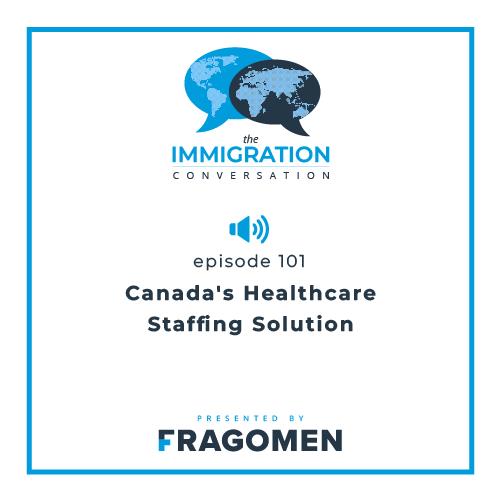APAC Immigration Programs: Friend or Foe?
December 21, 2015
By: Alex Paterson
As we head to 2015 year end, it is timely to consider what lies in store for businesses planning people moves throughout APAC in 2016. With ongoing economic challenges in the global environment and concerns as to whether APAC growth will slow, no surprise perhaps that there has been tightening in a number of immigration systems across the region.
There are definite “bright spots” where countries are opening up immigration programs to attract particular skills.
China as an example has introduced its R (Talent) Visa to highly skilled foreign workers, with the benefits of a 5-year residence permit, no age limitation and the potential to progress to permanent residence after only 3 years.
On 7 December 2015, Australia also announced its National Innovation and Science Agenda, with plans to support innovation through immigration measures. This will include the introduction of a new Entrepreneur visa (for those with high-growth potential ideas and third party financial backing), as well as attractive pathways to permanent residence for international postgraduate research students with STEM and ICT qualifications.
Compliance: Centre Stage
There is no avoiding that increased focus on compliance and enforcement is prevalent across the region. Governments have clear interest in businesses that utilise foreign talent under work authorised categories.
I have spent a significantly increased portion of my time throughout 2015, advising businesses in respect of audits and monitoring visits undertaken by immigration authorities across the region and in Australia, Malaysia, and Indonesia in particular.
Employer sanctions legislation has become more robust for those businesses not in full compliance. Increased strict liability offences, and risk of significant fines or even bars (bans) being imposed, which prevent the sponsoring of foreign workers for a period of time, means the impact of inadvertent breaches can be severe.
Greater coordination between immigration, tax and social security authorities, by way of data-matching activity and sharing of audit findings, makes it increasingly important that companies are regularly testing the veracity of their recruitment, global mobility and human resources processes, not to mention keeping a close watch on business travel compliance.
Opportunities for Local Workers
Countries in APAC are concerned to maximise opportunities for the domestic workforce and hence we have seen both regulation and policy changes in this area, in some instances to a greater degree than anticipated.
Whilst the Fair Consideration Framework announced in Singapore back in September 2013, was a clear indication of the Government’s plan to ensure priority for Singaporean workers, the changes from 2014 onwards, culminating in the requirement to publicise salary ranges for role postings in the Job Bank, came as a surprising finale in a location that has long had one of the most facilitative and efficient skilled worker immigration programs in the world.
This tightening of immigration regimes emphasises the unavoidable reality that businesses must plan for business growth, based on a sophisticated combination of ensuring access to key skills wherever they may be based right now, whilst looking to develop in-country skills and expertise for the future where viable.
Strategies for Success
There continues to be major business interest in the APAC region. Asia remains the global growth leader – hovering at around 5.6% for 2015. East Asia remains one of the key growth drivers of the world economy, accounting for about two-fifths of global economic growth and expecting to close 2015 at 6.5% growth, according to the latest World Bank report.
Granted, the global business environment means that key people moves are ever more time sensitive and mission critical. As such there can be significant tension between compliance with work authorisation processes and a critical need for support on the ground. This is the conundrum facing businesses as they compete for market share.
Significant competitive advantage can be gained by businesses ensuring effective stakeholder engagement, cascading details of immigration regulation or policy changes and working together with their advisors to achieve a business solution. It’s the simple things that also make the difference: so driving home to those in the business minimum lead times and working inclusively to plan out multi-jurisdictional assignments well in advance.
The start of a new year is an opportune time to consider a “spot audit” to test processes and assess any “chinks in your armour”. Companies can assess the ease of key staff being able to access data and documents from across the business, given audits may require production of information within tight timeframes requiring engagement of multiple departments, or outsourced providers.
Last, but by no means least, consider expanding internal education requirements and the circulation of impactful communications on immigration compliance and the importance of strategic planning. When those responsible for immigration and international moves are stretched to the limits, promoting collective accountability for immigration strategy and compliance right across the business, with no exception, is my top tip.















